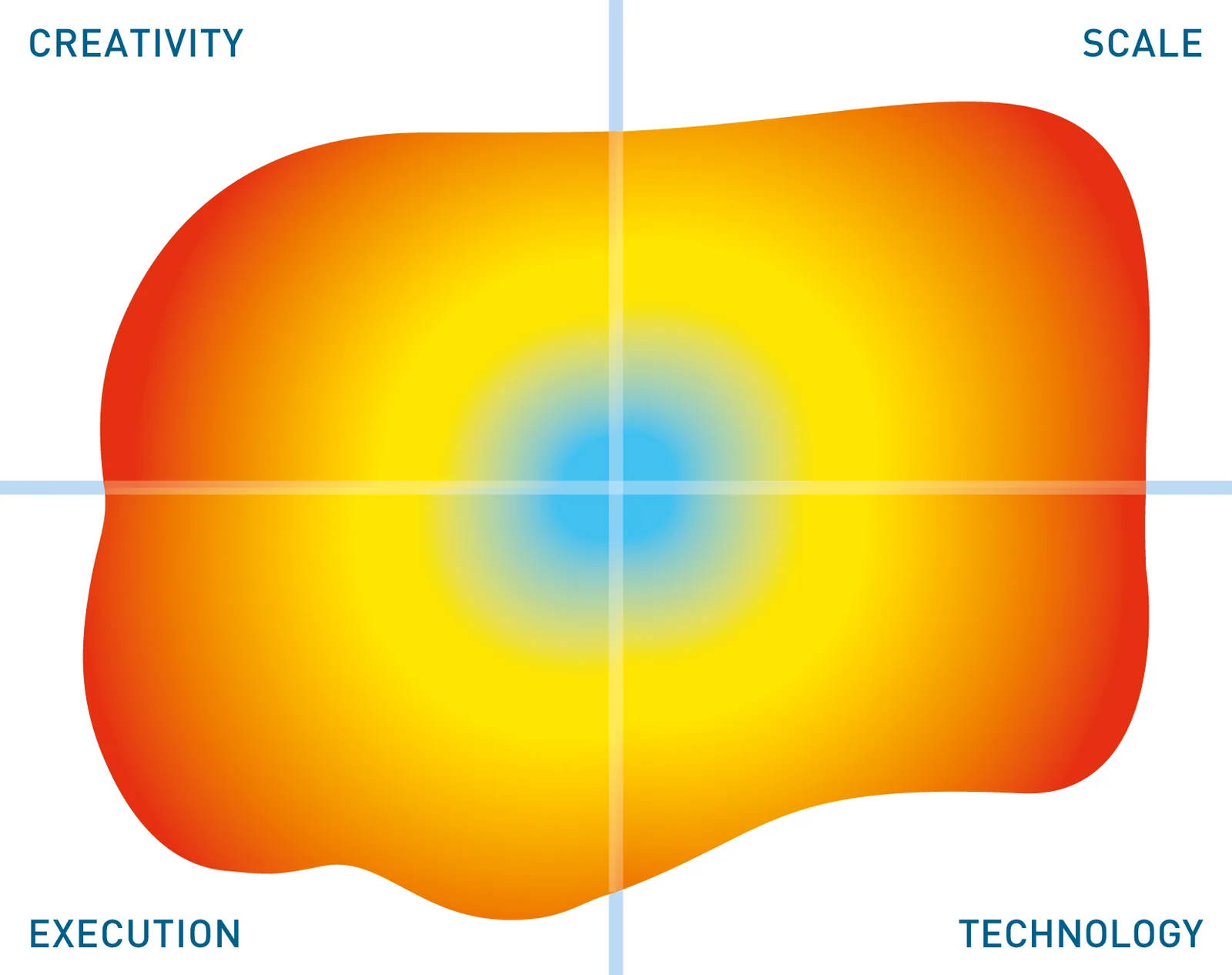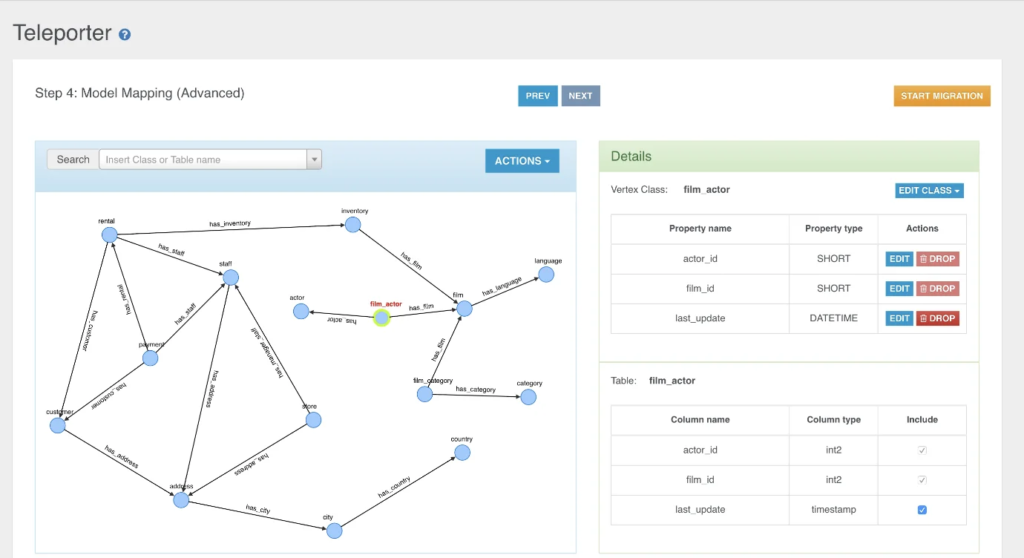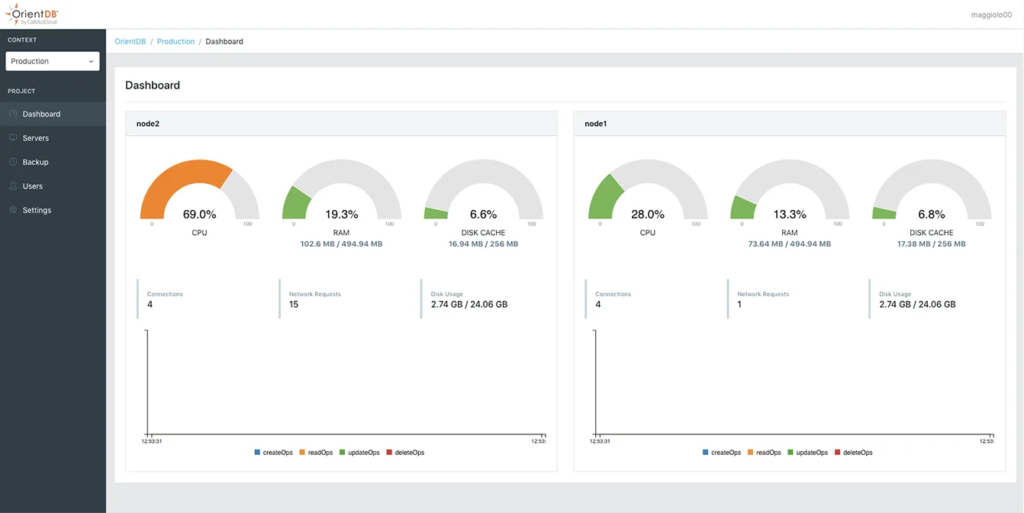SAP OrientDB
Update solution on January 28, 2019

OrientDB is a multi-model database with extended property graph database capabilities. It is an open source offering, although there is an Enterprise Edition available (with a 30-day free trial) that includes additional features such as monitoring, auditing, incremental backups, multi-data centres, and so on. The latter also comes with a variety of support, consultancy and training options.
Both on-premises and cloud-based deployment options are available, the latter including AWS and Microsoft Azure. It is also suitable for running on the edge, although to do so you may need to strip out some of the less essential features.
The product is targeted at both operational and hybrid operational/analytic environments. It is also worth commenting that OrientDB has enjoyed considerable success with third party technology companies (most notably TIBCO and Informatica) embedding its database into their products.
Customer Quotes
“OrientDB can do in milliseconds what our RDBMS could never do. With it, we are much more effective at catching fraudulent activity in real time.”
99bill.com
“Once we began using OrientDB and working with graphs, our algorithms were 2.5 times faster.”
New.sc

Figure 1 – Mapping relational data to a graph model in Teleporter
The developers claim that OrientDB was the first multi-model graph database to be launched (in 2009). Originally, it was designed as a hybrid document/graph database, but since then the core (native) engine has been extended to include objects, spatial and key-value elements. Moreover, the product now offers a multi-model API that allows you to work with all types of model (including documents, graphs, objects, and so on) seamlessly through a single interface. The product is ACID compliant and supports strong consistency, though eventual consistency is an option.
It supports Apache TinkerPop (either as an API, for backwards compatibility with TinkerPop 2.6, or as a plugin for later versions) and, especially, Gremlin. More importantly, it uses an extended form of SQL for query processing that leverages MapReduce under the covers. OrientDB’s version of SQL notably includes live querying, the ability to create queries that are updated dynamically as your data changes over time. The product can be used in full schema, schema-free or hybrid schema environments and uses sharding for distributing data across a cluster. Scheduled full and incremental backups are supported.
In addition to the database itself, there is a native ETL engine that can be used to import and export JSON documents. Teleporter, as seen in Figure 1, is an additional tool included with Enterprise Edition that provides transformation capabilities for mapping from a relational to a graph model. OrientDB also includes a connector for Apache Spark and the Neo4j Importer. The latter allows you to readily and easily import an existing Neo4j database (or, to be more specific, the nodes, relationships, indices, and unique constraints contained therein) into OrientDB.

Figure 2 – The server management dashboard in Studio
There is also a Studio tool that allows you to view and edit your OrientDB environment via a web browser. This provides a variety of ways to view and manage your database, including a server management dashboard (see Figure 2), which displays various metrics relating to your server cluster, as well information about any single server in real time; a SQL browser; and a graph editor, allowing you to view, explore and modify your graph through a visual medium. There is also a JDBC connector to support integration with various (partner) visualisation tools.
OrientDB’s number one selling point is that it is a multi-model database. The chief advantage this offers is that it allows you to store and manage all of your data in a single place in whichever form best suits it. This is particularly relevant with the rise of big data and the quantity and variety of data that comes with it. Moreover, although other multi-model databases exist, all the data types supported by OrientDB are addressable vis a single language. This is not typically the case with other multi-model offerings.
The Community Edition is open source, with all the benefits and caveats that entails. Combined with the ability for multi-model databases such as OrientDB to obsolete several of your existing database products and licenses at once – that is to say, to take their place – the Community Edition’s total cost of ownership will often be quite low. This lends the product a measure of financial efficiency, which is retained (although obviously to a lesser degree) with the Enterprise Edition.
The company has also taken great pains to ensure that OrientDB is easy to use. The time it takes to start using it is minimal – configuration and installation are strictly optional – and several tools are made available to make your life easier, particularly when it comes to converting traditional data formats to graph (via Teleporter) and migrating data from an existing Neo4j installation (via the Neo4j Importer). In addition, Studio makes it easy to view and explore your system, and querying is intuitive thanks to the product’s support for SQL, which is rare within the graph space.
The Bottom Line
As a multi-model database, OrientDB is ahead of the pack, owing to its relatively long lifespan and a thriving open source community. As a graph database, it is exceptionally easy to implement and to use, thanks in large part to the great work done by Studio, Teleporter, and the Neo4j Importer. Moreover, the ease of use benefits of being able to write graph queries using SQL cannot be overstated.
Given the support of SAP, we expect a bright future for OrientDB. If you are in the market for a multi-model graph database, it is certainly worth a look.
Related Company
Connect with Us
Ready to Get Started
Learn how Bloor Research can support your organization’s journey toward a smarter, more secure future."
Connect with us Join Our Community
